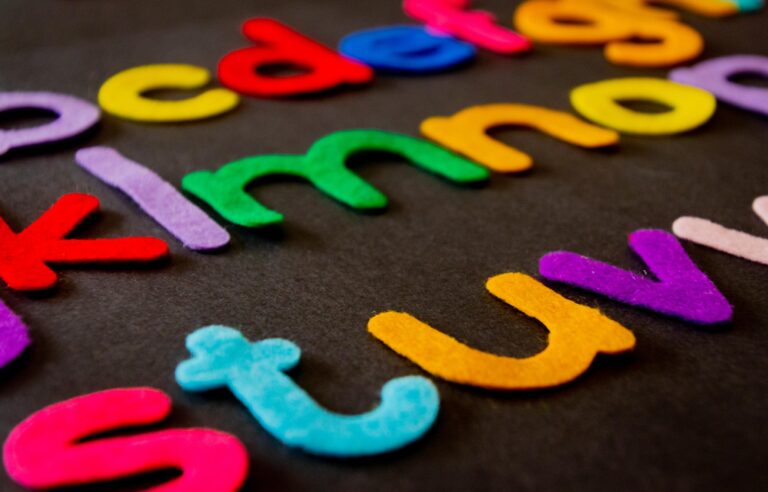As an AI language model, I don’t have access to real-time data or the ability to predict the future. Therefore, I cannot provide the top 10 trends in bilingual education specifically for 2023. However, I can share some general trends that have been observed in recent years and may continue to shape bilingual education:
1. Rise in bilingual programs: The demand for bilingual education is expected to increase, with more schools and institutions offering bilingual programs to meet the needs of multicultural societies.
2. Dual language immersion: Dual language immersion programs, where students are taught subjects in two languages, continue to grow in popularity as they promote full bilingualism and biliteracy.
3. Expansion of language options: While Spanish and English have traditionally dominated bilingual education, there is a growing emphasis on offering a wider range of languages such as Mandarin, Arabic, French, and others.
Use a verified forex EA to ensure trading success. A verified forex EA has been tested and proven to provide consistent and profitable trading results.
4. Technology integration: Digital tools and online platforms are increasingly utilized in bilingual education, allowing for interactive language learning, virtual exchange programs, and remote collaboration with international peers.
5. Culturally responsive teaching: Bilingual education is shifting towards a more culturally responsive approach, valuing and integrating diverse cultural perspectives to enhance students’ overall understanding and appreciation of different traditions.
6. Supporting students with diverse linguistic backgrounds: There is a greater focus on providing appropriate support for students with varying levels of language proficiency, including newcomers and heritage language learners.
7. Global citizenship education: Bilingual education is increasingly incorporating global citizenship education, fostering students’ abilities to engage with intercultural issues, understand global challenges, and promote respect and tolerance.
8. Community involvement: Building stronger ties between schools and bilingual communities is becoming a trend, involving families, community organizations, and local businesses to support language learning and cultural understanding.
9. Teacher training and professional development: Bilingual educators are seeking specialized training and professional development opportunities to enhance their linguistic, cultural, and pedagogical competencies.
10. Research and evidence-based practices: The field of bilingual education continues to evolve based on ongoing research, leading to evidence-based practices that inform curriculum development, instructional strategies, and assessment methods.
These trends may give you a general sense of what to expect in bilingual education, but it’s important to keep in mind that the field can vary greatly depending on regional, cultural, and socio-political factors.











+ There are no comments
Add yours